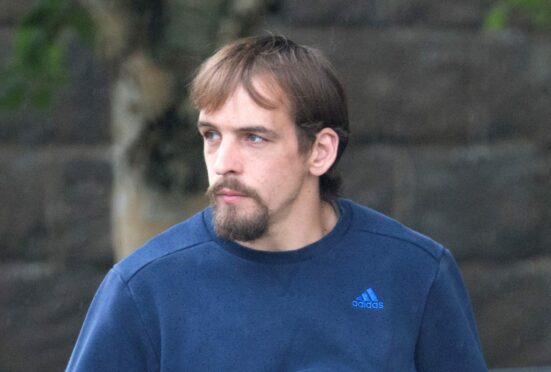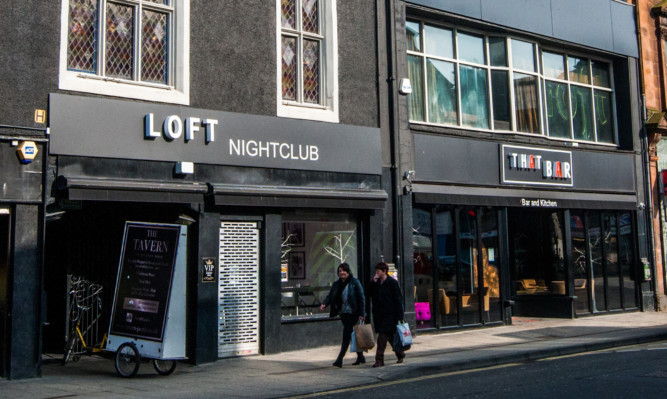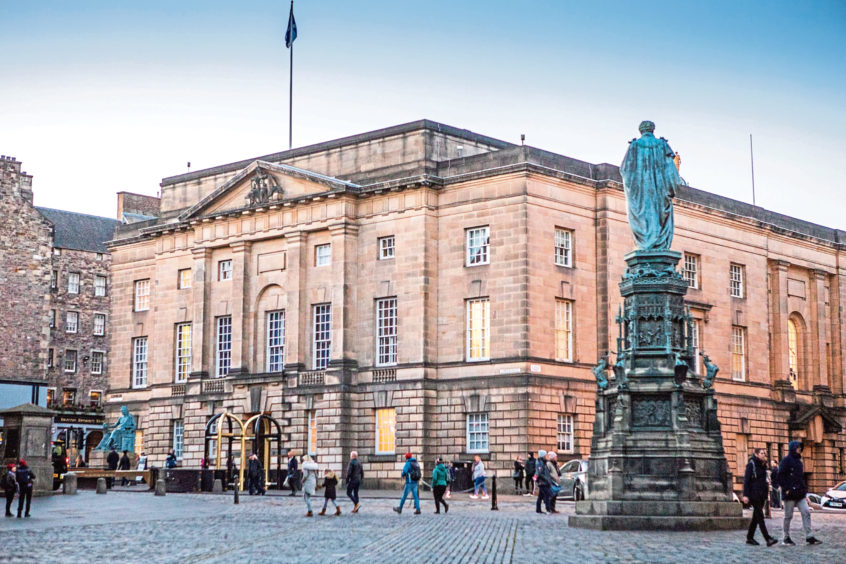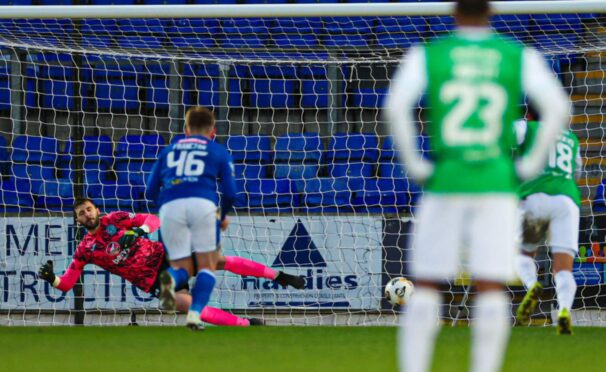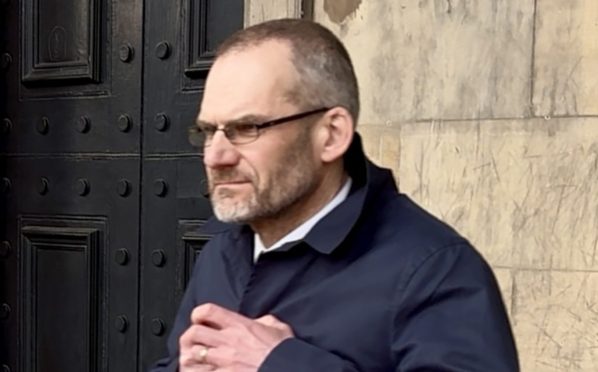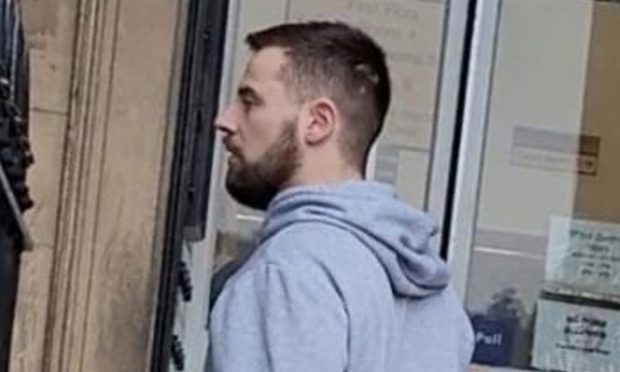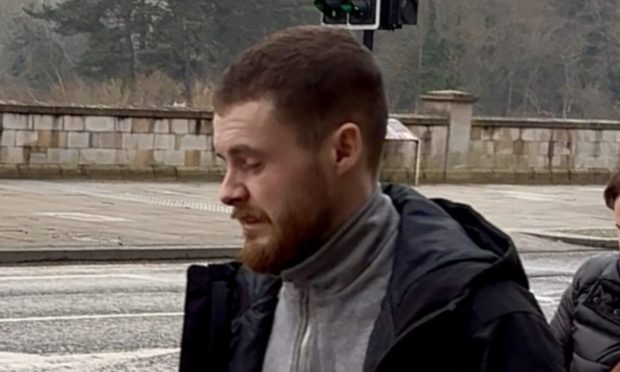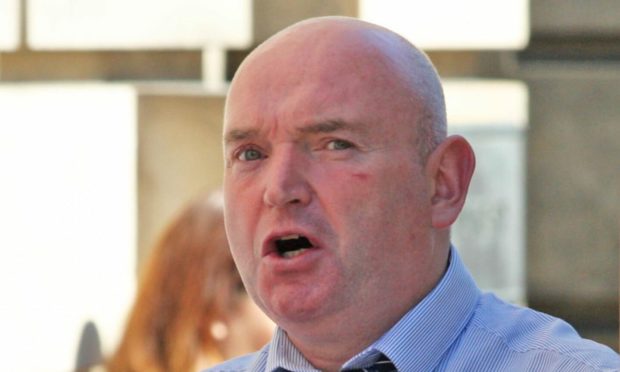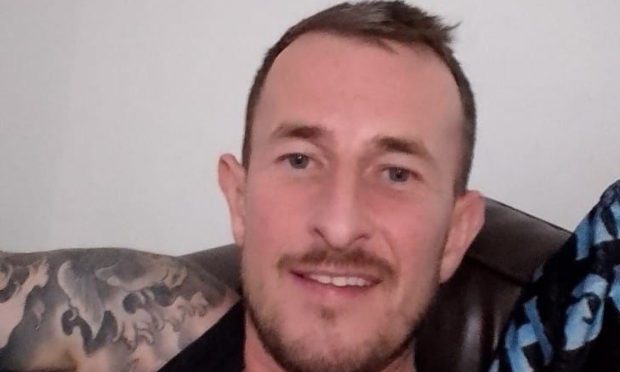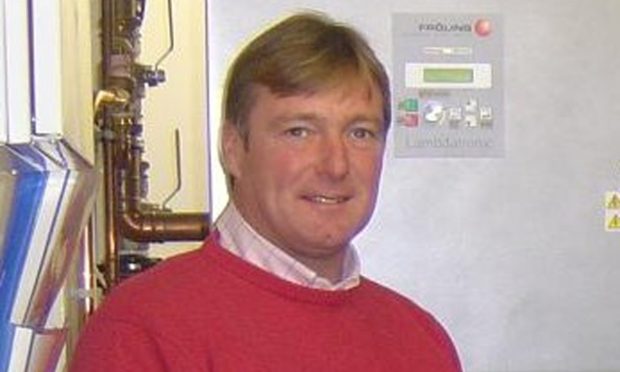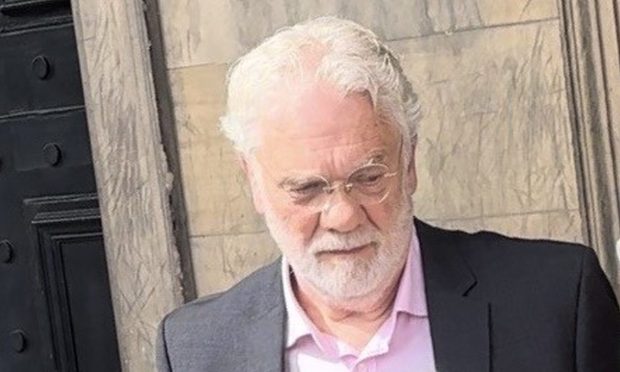A crazed driver convicted of trying to murder two men in Perth city centre claimed he was a victim of a miscarriage of justice.
Mark Wishart was found guilty in November of deliberately ploughing his car into his victims, sending one flying into the air.
He was jailed for six years.
Lawyers contested his conviction at the Appeal Court in Edinburgh.
They argued that the trial judge made a mistake when he rejected a request by a jury for a “pic” or close-up of the accused.
They said if jurors were given a closer look at Wishart, they would have been able to compare it with descriptions given by eye-witnesses.
In his findings, appeal court judge Lord Boyd of Duncansby ruled that this did not amount to a miscarriage of justice.
He also questioned the length of sentence which, he noted, “seems low for an attempted murder of this kind”.
‘I could see a car coming straight at us’
The High Court in Dundee heard that Scott Peletier and Kirk Fisken escaped with minor injuries after they were struck by a Vauxhall Astra outside The Loft nightclub in 2019.
The jury was shown CCTV footage of Wishart’s car performing handbrake turns and driving at high speed on Scott Street and South Street in the early hours of the morning.
Mr Fisken, 38, told the court that he had been drinking at That Bar before meeting a pal outside The Loft.
Moments before being struck, the car driven by Wishart was performing handbrake turns up and down the streets, before mounting a pavement.
Mr Fisken told jurors: “I just became aware of this screeching noise and all I heard was my friend shouting my name.
“When I turned around, I could see a car coming straight at us.”
He said: “I was then hit by the car and I went right up in the air.
“I went right over the whole car and dropped over the back.”
Mr Peletier described how he was “clipped” by the car and suffered bruising to his right hip.
Dangers of identification
Agents for Wishart, of Paradise Place, Bridge of Earn, argued that the judge’s decision not to allow the jury a “close-up” of their client had “resulted in a miscarriage of justice”.
At the time, judge Lord Summers told the jury: “It is not possible once all the evidence has been led to produce further evidence.
“If new photographs or images of the accused were produced that would involve the introduction of further evidence.”
In his findings, Lord Boyd noted that Lord Summers had canvassed the issue with both prosecutors and defence, who agreed the jury’s request should be refused.
“The trial judge adequately addressed the dangers of identification in a case such as this in his charge to the jury,” he wrote.
“He clearly recognised the importance of the issue, and addressed the matter in detail, reminding the jury that powers of observation were fallible.”
He added: “Even if we considered that there was an inherent unfairness arising from the judge’s error, it would be impossible to conclude that there had been a miscarriage of justice.”
The appeal court judge, who said there was “ample evidence” that Wishart was the driver, added: “Unsurprisingly, the appellant (Wishart) does not challenge the sentence, which on any view seems low for an attempted murder of this kind.”
